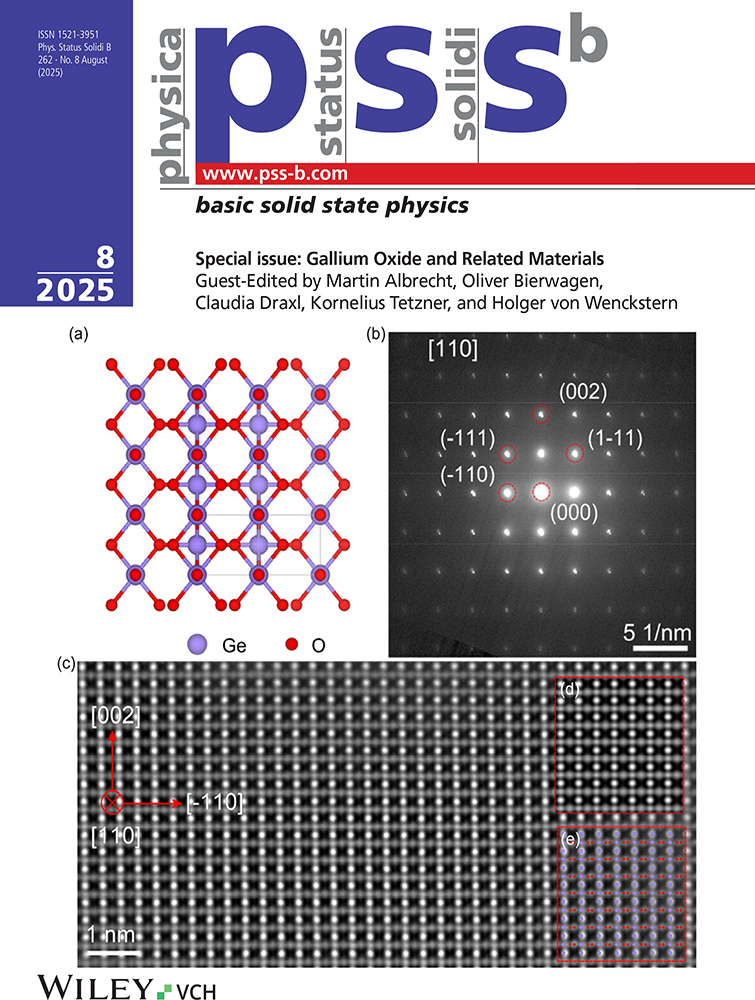Ionized Impurity Scattering of Charge Carriers in Crystalline Semiconductors
Abstract
Within first order perturbation theory the time of electron–ion interaction is assumed to be equal to the time of an electron passing through the crystal region related to one impurity ion. In terms of the relaxation time approximation for nondegenerate semiconductors the mobility μi, limited by elastic ion scattering, is shown to be proportional to T/N2/3; the Hall factor is equal to 1.4. Calculated for various temperatures T the majority carrier mobility dependences on the doping impurity concentration N are in good agreement with known experimental data. It is shown that the Brooks-Herring formula for μBH ∝ T3/2/N overestimates the value of mobility. Comparison of mobility calculation in degenerate crystals with experiments also yields μi < μBH.




